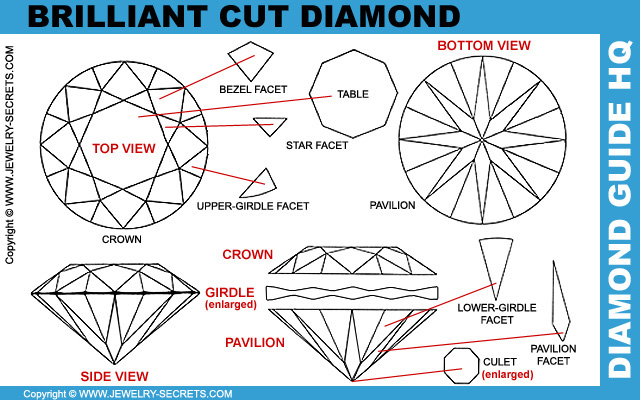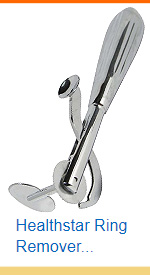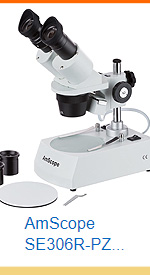SINGLE CUT DIAMONDS
WHAT ARE SINGLE CUT DIAMONDS?
This post contains affiliate links. If you use these links to buy something I may earn a commission. Thanks! As an Amazon Associate I also earn from qualifying purchases.

Single cut diamonds are everywhere and are used in all types of modern jewelry, like rings, bracelets, pendants, earrings and even watches.
In fact, if I were to guess, I’d say that there are more single cut diamonds today, than there are full cut diamonds (that’s because of the abundance of small stones).
That’s a lot of single cuts. Single cuts are also referred to as melee diamonds, 8/8, eight cut or even accent stones and side stones.
If you’re wondering what a single cut diamond is, you’re not alone. Most people have never heard of them and have no clue. But if you compare a single cut diamond (usually small carat weights of 10 points or less), to a full cut diamond (standard brilliant cut), you’d quickly see the difference.
So let’s dive in and see for yourself…
What are single cut diamonds?
Single cut diamonds are small diamonds usually under 10 points (.10 carat) that are cut differently than a normal standard cut diamond. The facets are smaller and fewer, which is great, because the price gets cheaper.
Single cut diamonds sound like they’d have just one single cut to them, but this isn’t the case.
Single cuts began in the early 1600’s with just a few Facets on them to catch the light and to make it easier for jewelers to set them and secure them in mountings.
Before single cuts, diamonds were either pointy objects, lopped off diamonds, smoothed off rough rock, or even just jagged chunks of chipped diamonds (called diamond chips, which is not used today, but people still refer to small diamonds as chips).
Single cuts were a vast improvement in arena of diamond cutting.
The facets actually gave a diamond brilliance. It also paved the way for the modern brilliant cut diamond that we see today.
To understand more about single cuts, let’s take a look at the actual facets that make up a single cut diamond…
Single cut diamond facets:
Single cut diamonds usually have anywhere from 16-18 facets on them (16 is the more common). That’s 8 facets on the top, 8 facets on the bottom and maybe a culet at the tip, or an additional facet on the crown.
The 8 crown facets (top portion of the diamond) are:
- 8 Bezel Facets
- 1 Table
- 1 Girdle

The 8 bottom facets (pavilion of the diamond) are:
- 8 Pavilion Facets
- 1 Culet (maybe)
These simple facets began the journey into cutting diamonds to maximize brilliance and sparkle, which evolved into the 58 faceted brilliant cut diamond shown below.

What are single cuts used for?
Single cuts are used as side stones, accent stones, or just small diamonds that are set in jewelry to give it some pizzazz and sparkle.
When you have a diamond that’s 10 points or smaller, putting the normal 58 facets on them aren’t really necessary. 16 facets will do.
Plus, you probably wouldn’t see any more sparkle in the diamond even if you did.
Most watches have single cuts set around the bezel of the face. Tennis bracelets (small carat weights) often utilize single cuts as well.
Gemstone rings, earrings, pave mountings, cheap diamond jewelry… They all use single cuts.
Take a look at the image below to see some examples of single cuts used in modern jewelry today.

As you can see, single cuts are everywhere and they look pretty good.
Why use single cuts versus full cuts?
There are 2 main reasons why single cuts are used over full cut diamonds. They are:
1) The diamonds are cheaper
Single cuts help cut down on the labor involved with cutting the diamonds. 16 facets is easier and quicker than cutting 58. Diamonds that size are hard to facet anyway, so keeping things to a bare minimum helps keep the price of the stone down… Which is a great thing. Think about it, who would want to pay 3x the money for a diamond that size with a couple more facets on it that don’t make a big difference? Not I!
I don’t mind putting money into a larger diamond, but a diamond that’s the size of a dot… No way.
Cheap is good.
2) You won’t see much of a difference
Unless you grab a microscope or a 10x jeweler’s loupe, you probably won’t even notice a difference in the cuts or brilliance.
A small diamond can only shine so much.
Keep in mind, when I’m talking about ten points or smaller, I’m talking about a stone with a mm size of only 3mm or less. That’s small.
And speaking of small… what about the flaws?
Single cut diamond clarity:
When it comes to single cut diamonds, clarity doesn’t matter much unless there are huge visible black spots in the stone, or the diamond is really milky, cloudy and looks like a piece of frozen spit (some really do).
Flaws are hard enough to see in larger stones, let alone a diamond you’d have to squint to see.
Now under a scope, sure, you’ll probably see the debris. But to the bare eye, you probably wouldn’t… Unless you had bionic eyes.
In some jewelry the single cuts can get really bad though. REALLY REALLY BAD!!! You’ll know these when you see these. They are cloudy. Have no sparkle. And have huge black spots or cracks, chips, fractures and breaks in the stone.
Take a look below at some examples of low quality single cut diamonds:

Those diamonds are crappy and obvious. Single cuts should at least give off some sparkle and shine. If they just look foggy with no sparkle, why bother? Pass them up.
Single cut diamond color:
Color is pretty much the same way as clarity. Color in a diamond that size is very difficult to see or judge. So unless the diamond is strong yellow, or brown, I wouldn’t worry about it much.
Single cut diamond prices:
Single cuts are cheap. This is great because if you lose one out of your jewelry, it won’t cost much to replace it.
And when I’m talking about cost, I’m talking a few bucks, like $25-$200 depending on the actual carat weight, color and clarity of the stone. Often you’ll find that the greatest expense is the actual labor involved with setting a new stone in the mounting.
No matter what, $50-$100 is probably a nice average price for a stone that size.
The bottom line:
Single cuts help keep the cost of the merchandise down.
Jewelers use them more often in cheaper jewelry and 10k mountings, but you can also find them in finer jewelry and mountings like high fashion watches, designer rings and pave settings.
Just make sure you take a second and scope them out first. Check to see if the diamonds are greatly flawed, full of inclusions, or even cracked or chipped (this is pretty common thing).
If they look damaged, or half-hazardously slapped into the mounting, see if the jeweler can replace them with better looking single cuts (I’ve actually seen a single cut diamond set into a mounting UPSIDE DOWN. No joke.).
Jewelers will normally not have problems picking out better stones. They usually have hundreds of melee diamonds in the shop and it doesn’t take long to switch them out.
I’ve seen it done time and time again. Not a big deal.
Single cuts give jewelry that extra little brilliance and pop it needs (plus, they can call it ‘diamond‘ merchandise). They help show off a center diamonds or gemstone. They add life and light to the mountings. And they’re cheap. You couldn’t ask for a better cut than that.
Cheers! :)


















You’ve given awesome advice and information Richard! Thank You!
You are posting a good information for people and keep maintain . Thanks for sharing informative post. Keep Posting.
Would a single cut be used on a much larger stone/diamond and would it be a cut used in a pear shaped diamond? Thanks